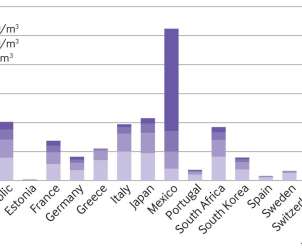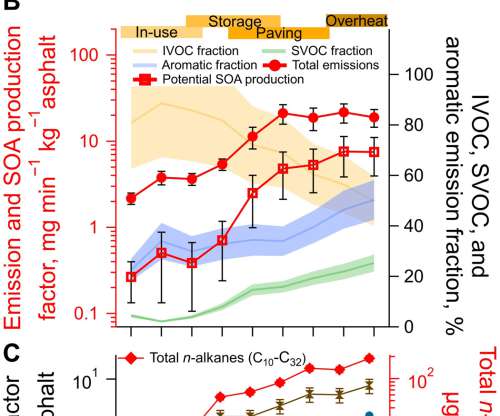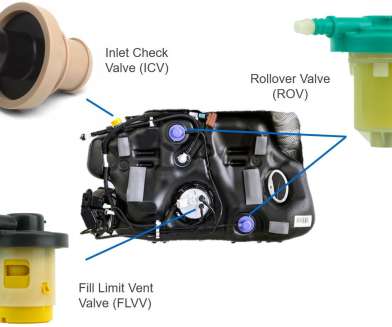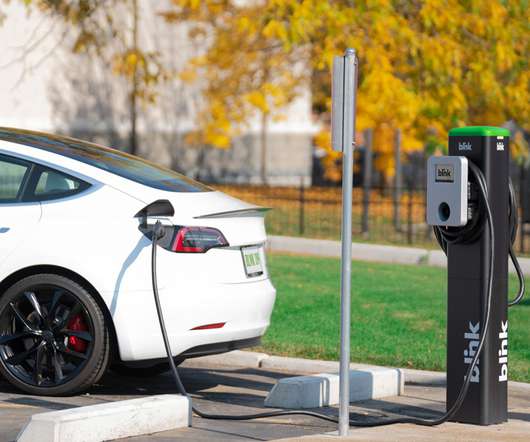Severe drought influences ozone pollution
Green Car Congress
APRIL 22, 2019
Drought conditions can have complicated effects on ozone air quality, so to better understand the process, researchers have analyzed data from two ozone-polluted cities before, during and after the California drought. However, plants also decrease air ozone levels by taking the gas up through pores in their leaves.










































Let's personalize your content